Binary Operations | Properties of Binary Operation
When two numbers are either added, subtracted, multiplied, or divided. The binary operations associate any two elements of a set. the resultant two are in the same set.
An operation that is performed on a single number yields another number of the same or a different system is called a unary operation.
Example of unary operations are negation of a given number, extraction of square roots or cube roots of the number, squaring a number or raising it to a higher power.
We now consider the binary operation of much greater importance, operation which requires two numbers. We start by giving a formal definition of such an operation.
A binary number denoted as ⊗ read as star on a non-empty set G is a function which associates with each ordered pair (a, b) of element of G, a unique element, denoted as a ⊗ b of G.
In other words, a binary operation on a set G is a function from the set G x G to the set G. For convenience we often omit the word binary before operation. Also in place of saying ⊗ is an operation on G, we shall say G is closed with respect to ⊗.
Example
Ordinary addition, multiplication are operations on N. i.e. N is closed with respect to ordinary addition and multiplication because
∀ a, b∈ N, a + b ∈ N∧ a.b ∈ N
(∀ stands for “for all” and ∧ stands for “and”)
Example
With obvious modification of the meanings of the symbols, let E be any even natural number and O be any odd natural number, then
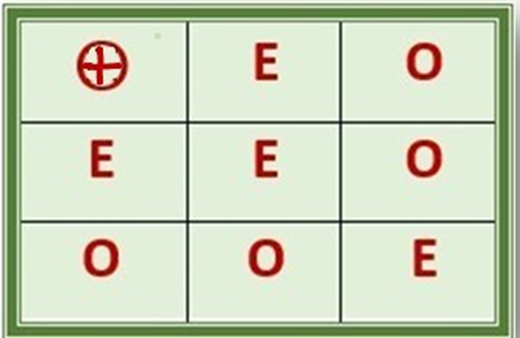
E ⨁ E = E (Sum of two even number is an even number)
E ⨁ O = O
And
O ⨁ O = E
These results can be beautifully shown in the form of a table given above.
This shows that the set {E, O} is closed under (ordinary) addition.
The table may be read (horizontally)
E ⨁ E = E E + E = E
O ⨁ O = O O + O = O
Example
It can be easily verified that ordinary multiplication (But not addition) is an operation on the set {1, w, w2 } where w3 = 1. The adjoining table may be used for the verification of this fact.
(w is pronounced omega)
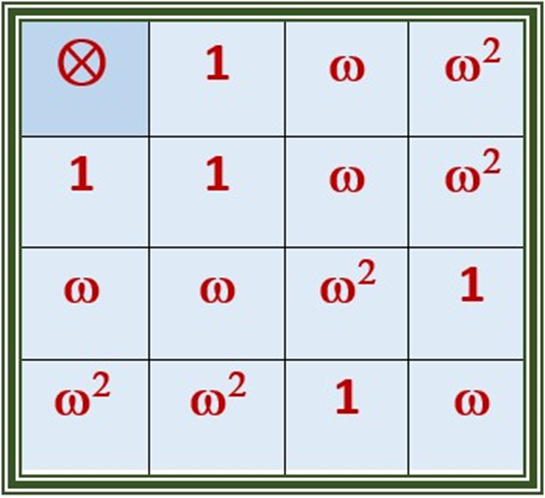
Properties of Binary Operation
Let S be a non-empty set ⊗ a binary operations on it. Then ⊗ may possess one or more of the following properties.
Commutativity of Binary Operation
* is said to be commutative if
a * b = b * a ∀ a, b ∈ S
Associativity of Binary Operation
* is said to be associative if
a * (b * c) = (a * b) * c ∀ a, b, c ∈ S
Existence of an identity element
An element e ∈ S is called an identity element w.r.t * if
a * e = e * a = a, ∀ a ∈ S
Existence of inverse of each element
For any element a ∈ S, ∃ an element a’ ∈ S such that
a * a’ = a’ * a = e (the identity element)
The symbol ∃ stands for “there exist”.
Theorem of Binary Operations
1. In a set having a binary operation * a left identity and a right identity are the same.
2. In a set having an associative binary operation left inverse of an element is equal to its right inverse.
Proof
1. Let e’ be the left identity and e” be the right identity. Then
e’ * e” = e’ (e” is a right identity)
= e’ (e’ is a left identity)
Hence e’ = e” = e
Therefore, e is the unique identity of S under *
2. For any a ∈ S, let a’, a” be its left and right inverse respectively then a’ * (a * a”) = a’ * e (a” is right inverse of a)
= a’ (e is a left identity)
Also (a’ * a”) * a” = e * a” (a” is left inverse of a)
But a’ * (a’ * a”) = (a’ * a) * a” (* is associative as supposed)
a’ = a”
Inverse of a is generally written as a-1.
Frequently Asked Question-FAQs
What is Binary Operation in Math’s?
Binary operations are mathematical operations that involve two elements or numbers and result in a single output value. The four basic operations – addition, subtraction, multiplication, and division – are all examples of binary operations. If * is a binary operation defined on set S, such that a ∈ S, b ∈ S, this implies that the output value a*b also belongs to set S.
What are the Properties of Binary Operation?
Binary operations must satisfy the following six properties:
Closure property
Commutative property
Associative property
Distributive property
Existence of an identity element
Inverse property
what is commutative Property?
The order of the operands does not affect the result of the operation.
inverse property
For every element in the set, there exists another element in the set such that when combined with the first element using the binary operation, the result is the identity element.
What is an associative property in math?
The result of the operation is the same regardless of how the operands are grouped.

 written by
written by 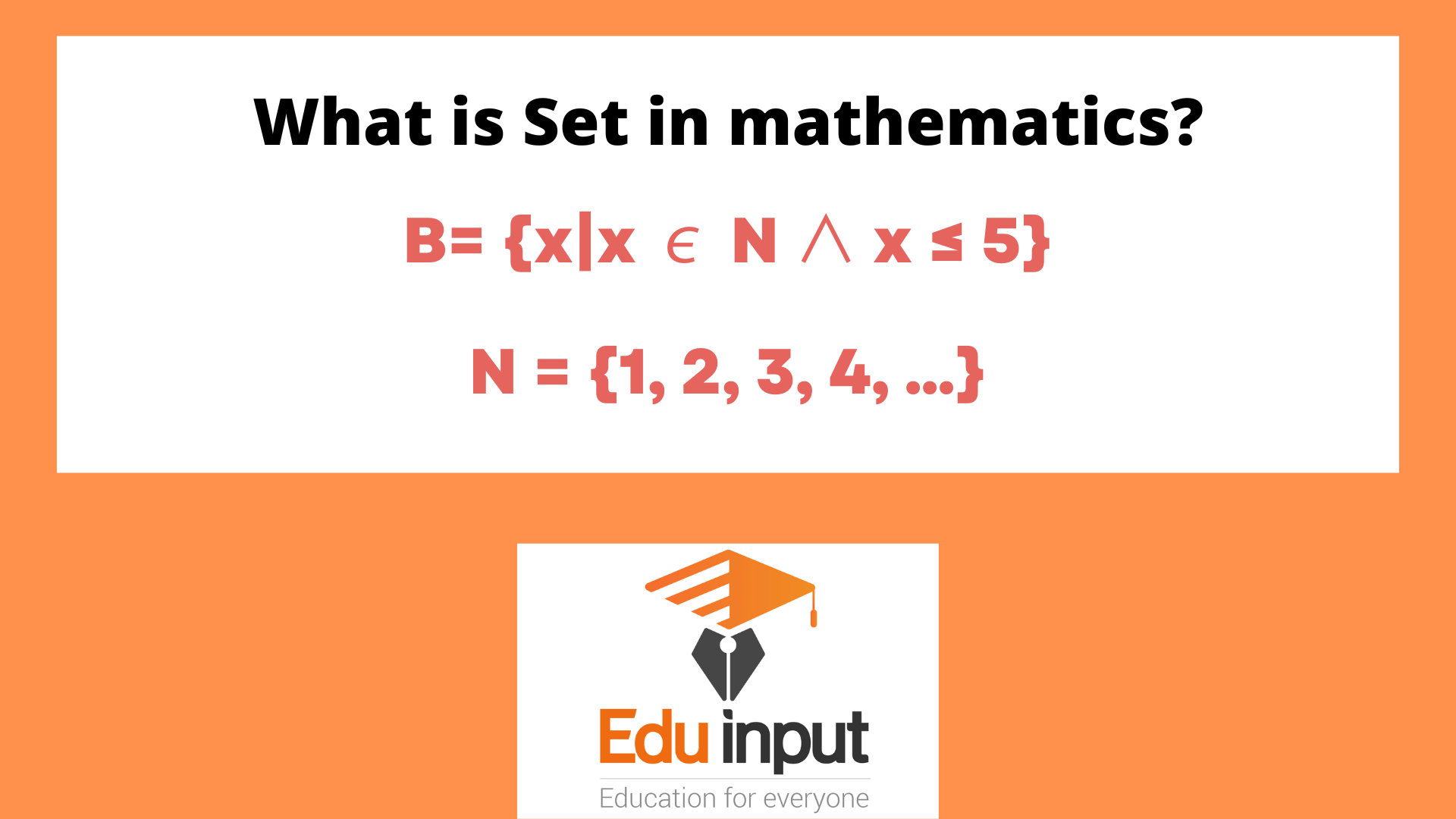

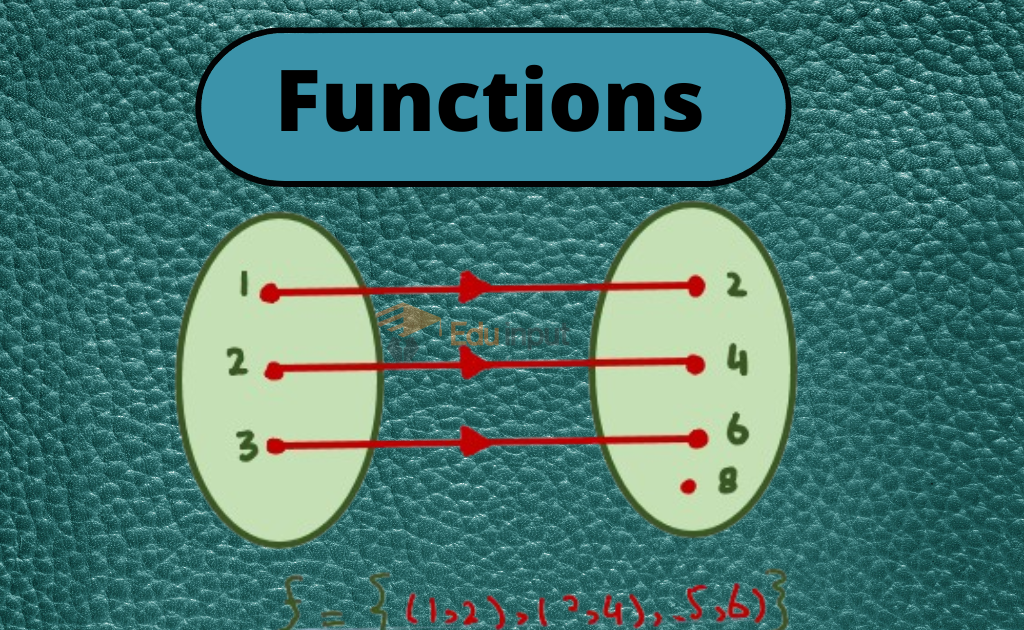
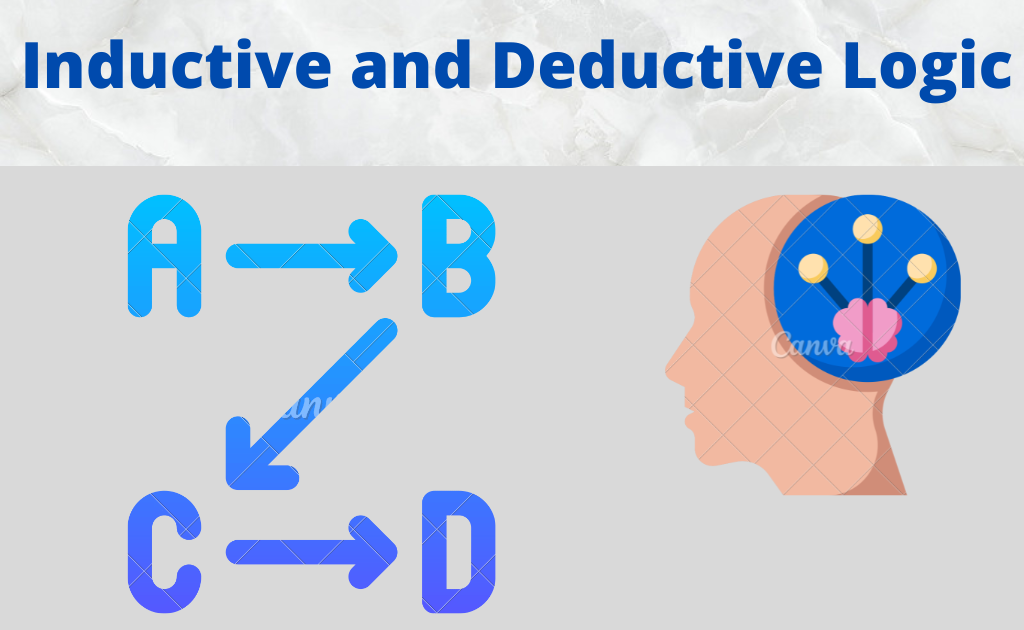


Leave a Reply